Contact
Insight:
Retrofit of a stormwater harvesting scheme in a highly urbanised area for parkland irrigation
The drivers
Long-term ‘drought-proofing’ of the iconic subtropical Parklands using innovative water strategies
- Keeping an iconic parkland green in a drought:
A new substantial alternative water supply was required to support the lush sub-tropical landscape after potable water restrictions were put in place during the drought which resulted in loss of vegetation. - Consider all options to find a sustainable solution:
Alternative water solution needed to be sustainable, cost effective and provide a long term solution to reduce the dependency on the mains water supply.
The innovations
Building on existing infrastructure to harvest urban stormwater flows for parkland uses
- Harvesting stormwater using existing infrastructure:
Retrofitting a stormwater harvesting scheme to capture flows from the30ha highly urbanised area was feasible due to the existence of two large parallel pipes in the existing stormwater network which had adequate storage capacity and allowed for an overflow relief which ensured that retrofitting a harvesting weir into the existing pipe network did not impact local flooding. - Treatment of safe non-potable water: The Rain Bank water treatment process involves removal of solids, media filtration, carbon filters, UV disinfection and chlorination and ensures the water quality can support healthy plant growth as well as meets public health and safety requirements for use the parkland which is open to the public 24 hours a day.
- New modelling technique used to inform design: A combination of excel and XP-SWMM models were used to understand the hydraulics and hydrology of the existing pipes and new weir as well as the water balance requirements of the solution (i.e. demand, yield, storage volumes and pump rates). This detailed assessment provided confidence that the design of 2ML storage tank was suitable to store and supply 77ML of alternative water each year on average which would meet up to 85% of the parklands non-potable water requirements.
- Education and demonstration was critical: The design of Rain Bank includes an underground tank which allows for green space to be provided above as well as a split level window and viewing areas into the underground treatment system. This design supports the popularity of the parklands and encourages visitor to learn about the system and the importance of water conservation and stormwater harvesting in general.
The method
Digging deep and making use of existing infrastructure
In-depth investigations were undertaken to consider all options and to understand how existing stormwater infrastructure could be used. This led to the development of the Rain Bank system.
Ideas for Aquarevo
More recently, a CRCWSC research synthesis workshop identified a range of ideas for water and energy initiatives aimed at improving the sustainability of the South Bank precinct.
The lessons
Urban stormwater harvesting retrofits can be difficult but also provide successful results
- Urban stormwater can provide a reliable irrigation supply for city parklands: The installation of Rain Bank within the South Bank Parklands has allowed the sub-tropical landscape across the parklands to be re-established and maintained since the drought. The highly impervious nature of the contributing catchment has helped to maintain a good reliability in the alternative water supply (between 60-85%).
- Looking below the ground can identify opportunities in existing infrastructure networks: The retrofit of the stormwater harvesting scheme into the highly used urban parklands was made more cost effective by using existing infrastructure as part of the solution. This option was only identified as a possibility due to extensive questioning and investigations to confirm what stormwater pipes were actually located under the precinct, followed by detailed modelling to understand their capacity.
- Retrofit in a highly used iconic parkland can be difficult: Rain Bank is located very closely to the main services corridor and therefore very detailed locational works was undertaken to ensure the substantial excavations required avoided these. Careful consideration was also required to ensure that public safety was considered during construction to minimise noise, dust and impacts on pedestrian and vehicular traffic.
- Complexity due to proximity to the Brisbane River: A number of delays were caused due to the proximity to the tidal Brisbane River, including the 2011 flood event impact on the construction of Rain Bank and the ingress of saline river water due to higher than expected tide levels. A hinged tide gate was installed on the pipes to stop the tidal inundation (which was 200-300mm higher than expected) across the SHIP weir.
Project stats
Location
Brisbane, Queensland, Australia
Dates
2004 – Present
Participants
Contact
The outcomes
 Cities providing ecosystem services
Cities providing ecosystem services

- The retention and treatment of 77ML/year of stormwater from a highly urbanised catchment removes a significant amount of pollutants that originally discharged directly into the Brisbane River.
- Accidental spills that occur in the catchment can be captured in the pipeline upstream of the SHIP.
- The provision of an alternative water source has allowed the ongoing irrigation of this subtropical landscape which has cooling benefits in this heavily urbanised area.
 Cities as water supply catchments
Cities as water supply catchments

- It was estimated that 77ML/yr of non-potable would be available from Rain Bank.
- Non-potable water (treated stormwater and pool backwash) is used for irrigation, toilets and water features. Potable water is still currently required for high contact and human consumption uses such as the swimming pools and showers.
 Cities comprising water sensitive communities
Cities comprising water sensitive communities

- A viewing area has been carefully incorporated into the design to allow visitors to see the water treatment area and learn about Rain Bank and maximised open public space.
- The high quality and amenity of the parkland landscape is able to be maintained due to the provision of safe non-potable irrigation water.
Interested in this solution?
We partner with small and large companies, government and industry in Australia and around the world.
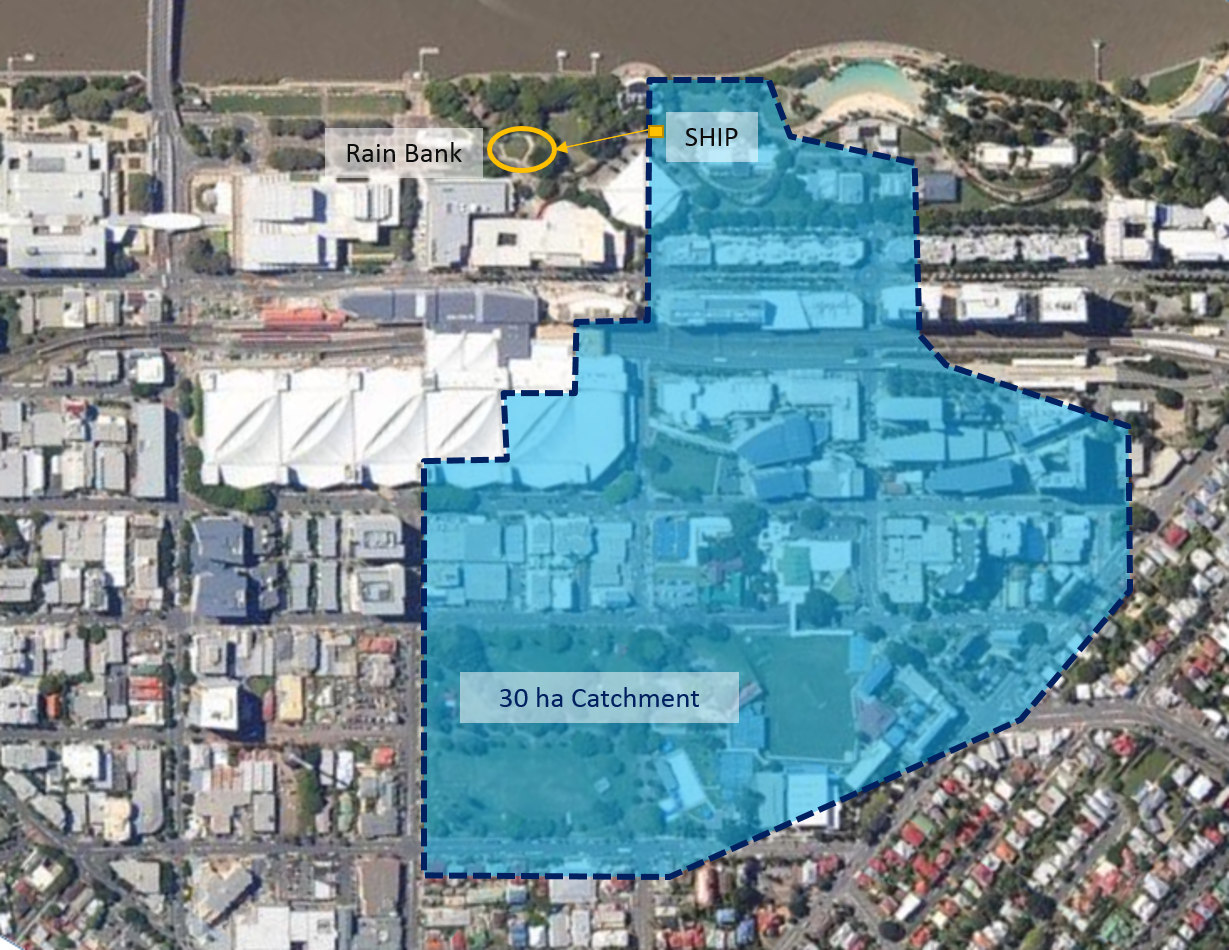
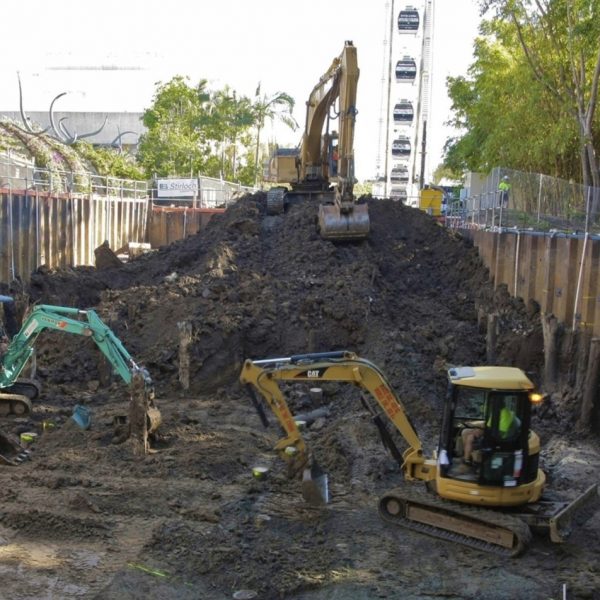

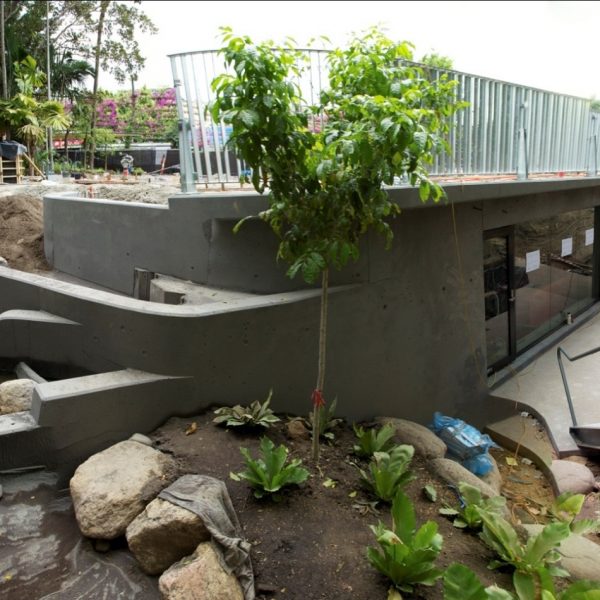
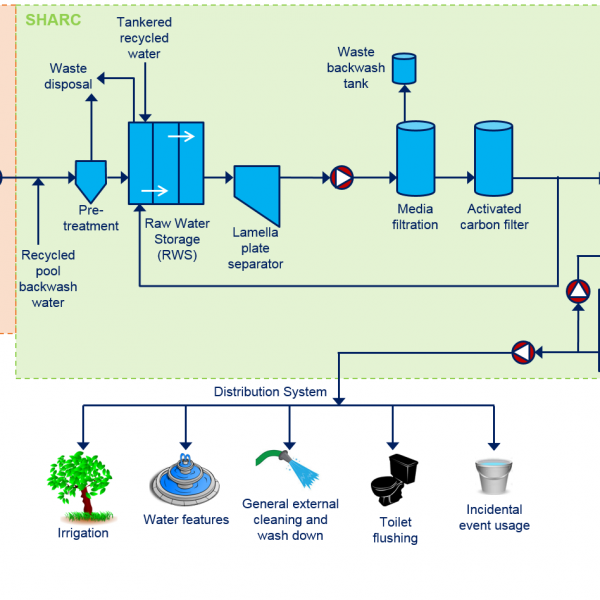
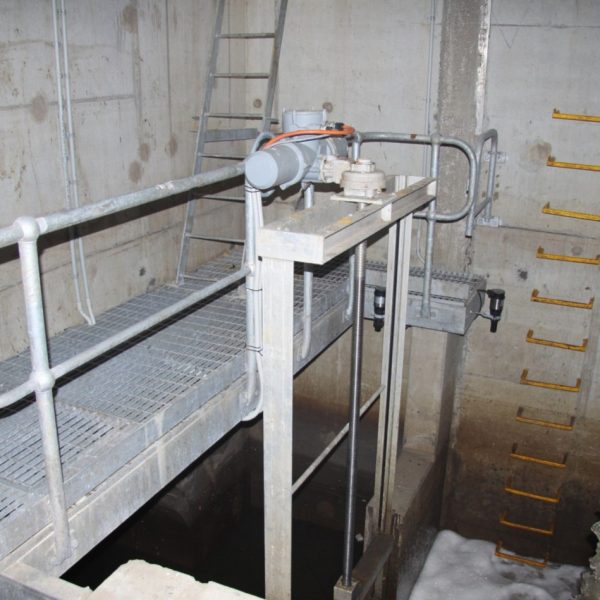
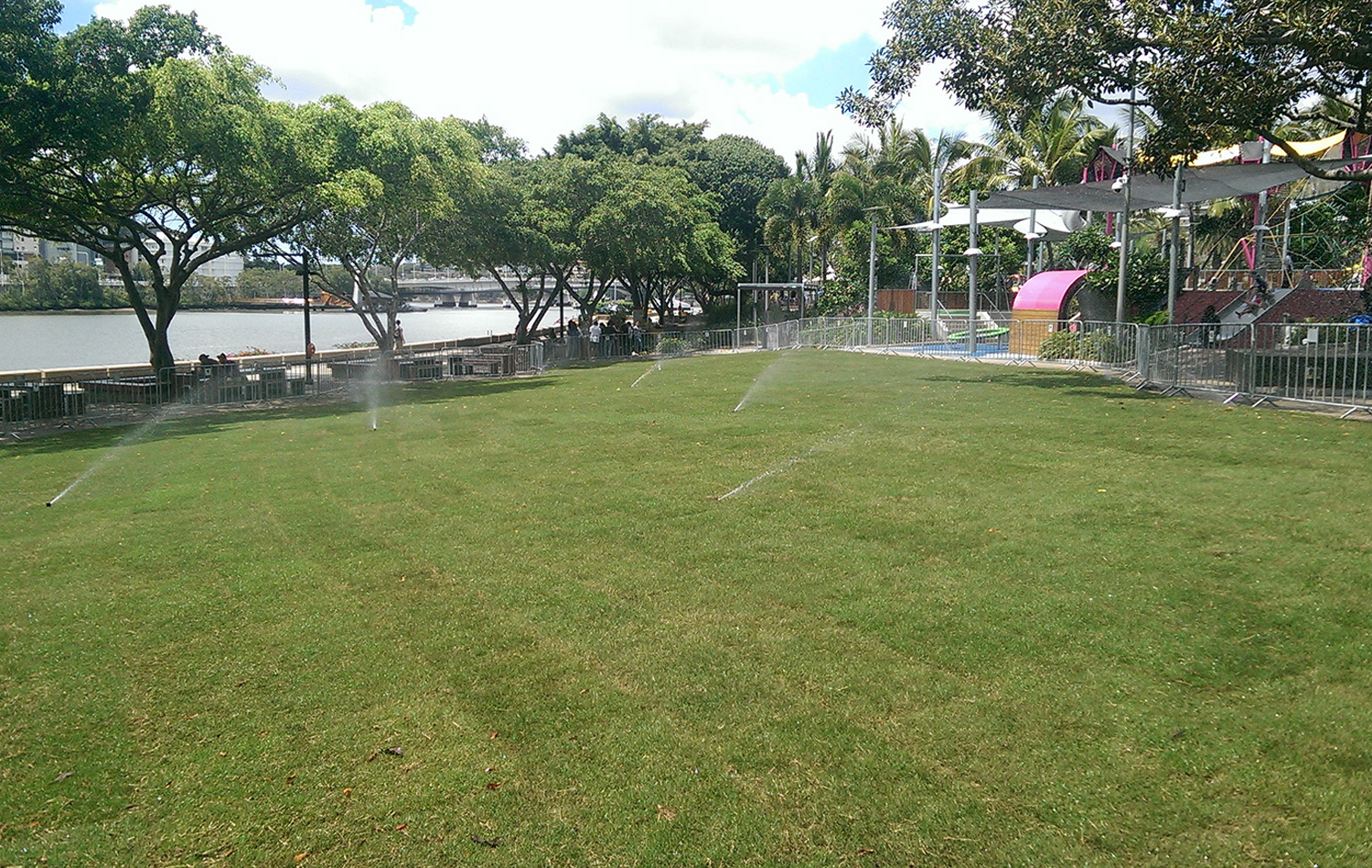
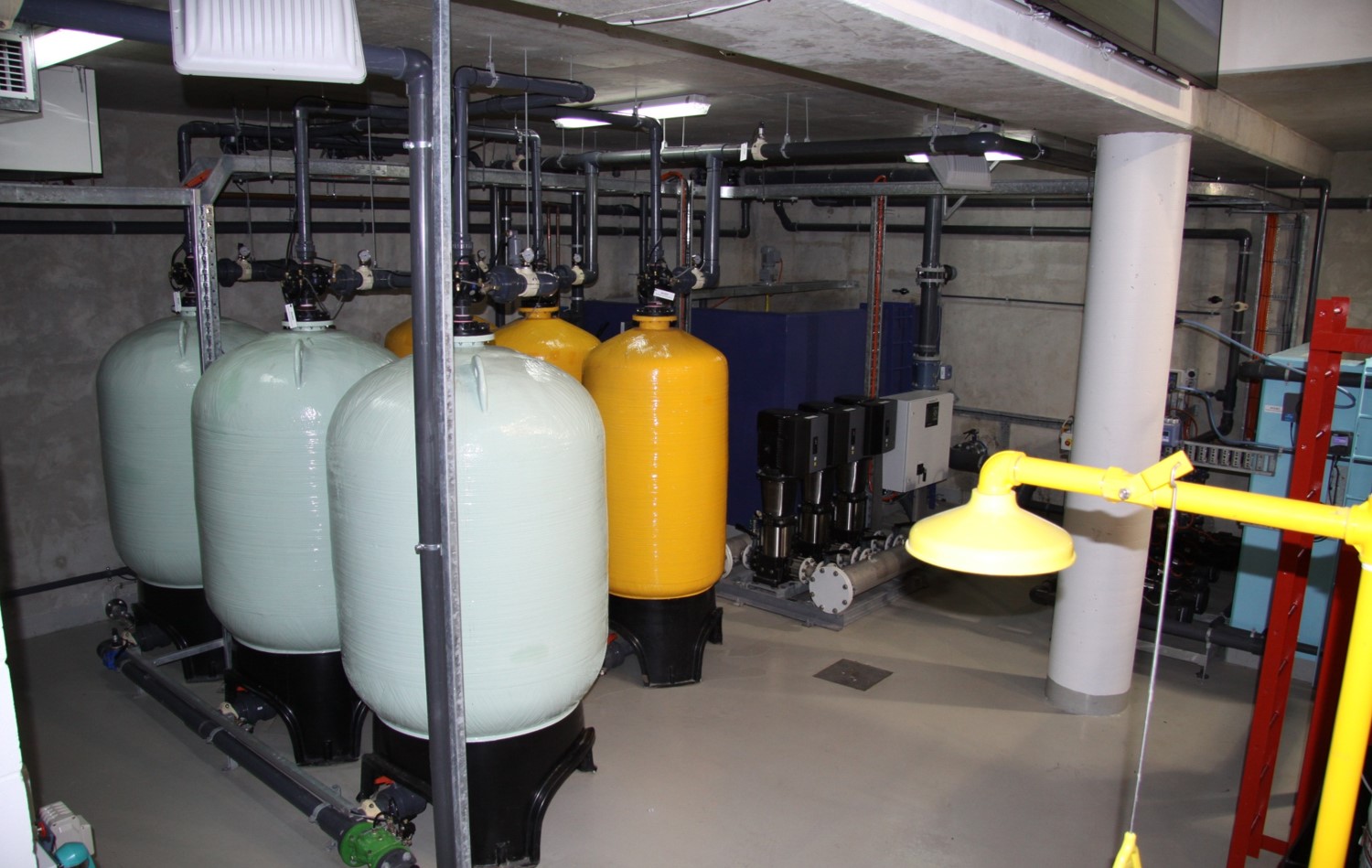
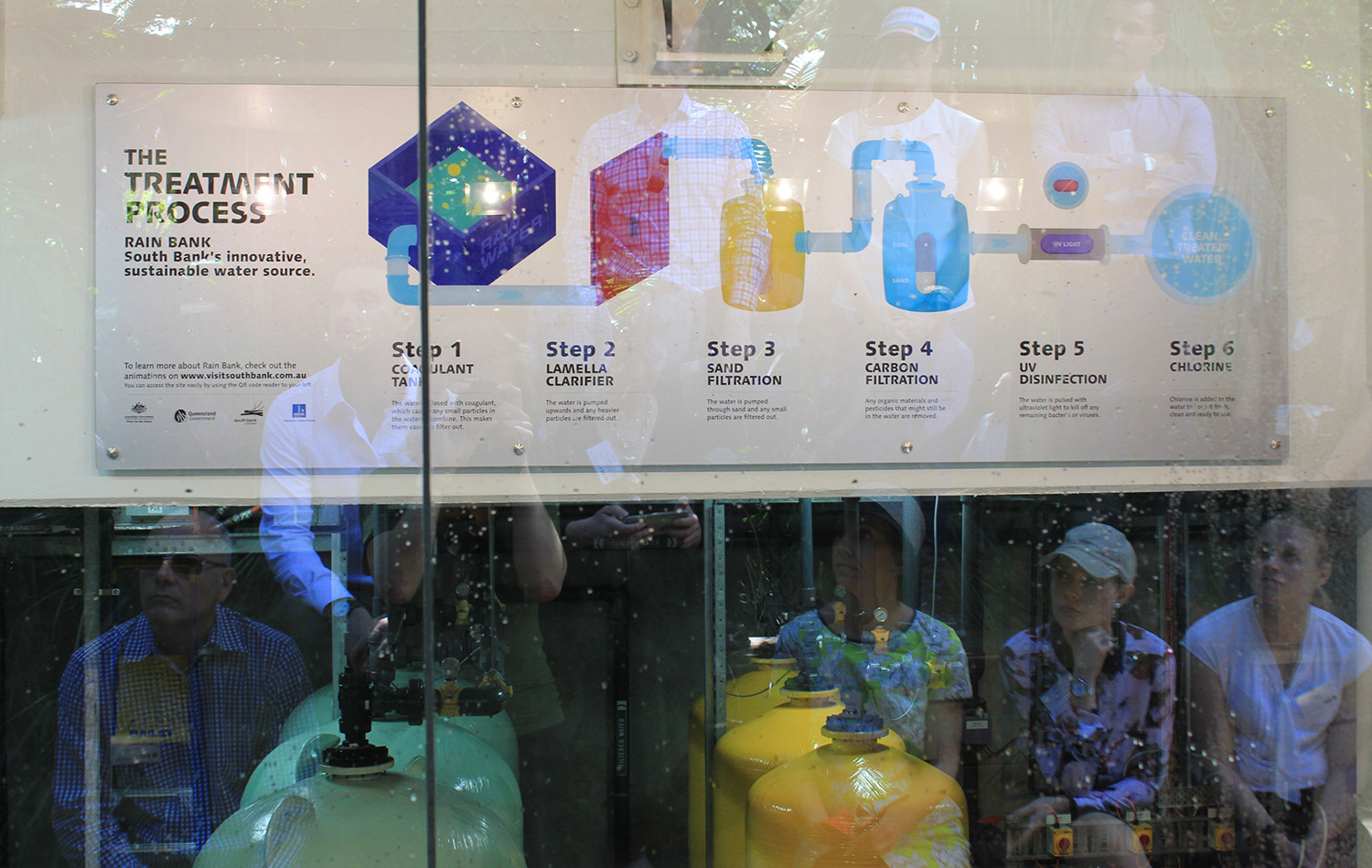
Comments